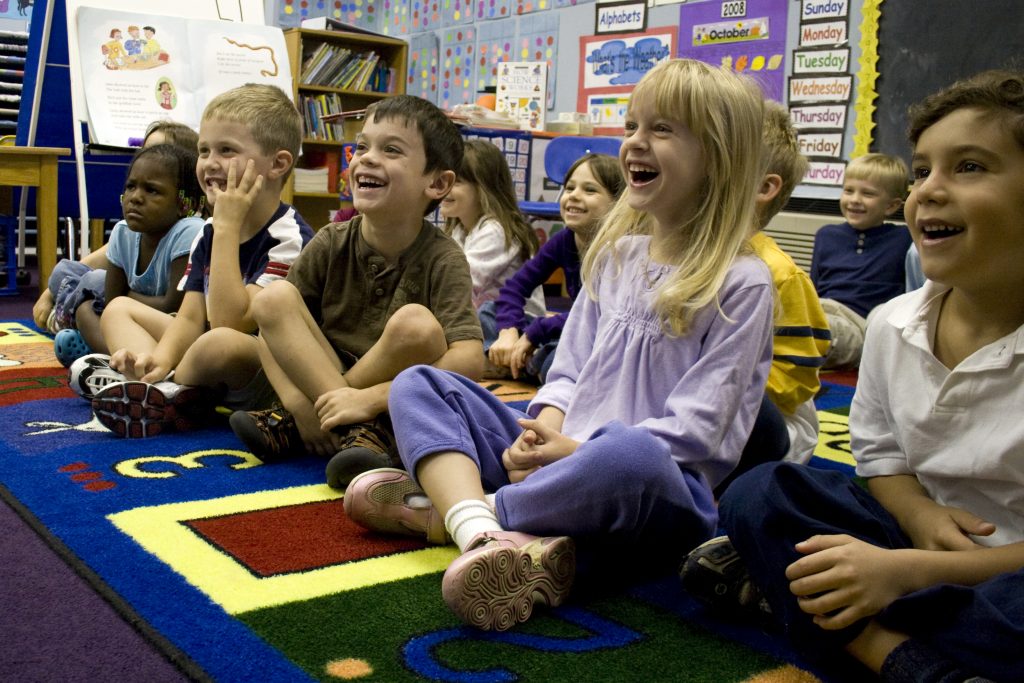
Reading and Discussion Reflection 2
One of my favorite college courses at UVa-Wise was Rhetorical Criticism, which I took as a core requirement for my major in Communication Studies. In the course, we studied different theories and applied those theories to analyze public messages. When I read Grace Enriquez’s (2006) article, “The Reader Speaks Out: Adolescent Reflections about Controversial Young Adult Literature,” I couldn’t help but think back to principles of rhetorical criticism.
In Making Sense of Messages: A Critical Apprenticeship in Rhetorical Criticism, Mark Stoner and Sally Perkins (2005) explain that “while critical theorists seek to dismantle the distortions of knowledge that stem from ideology, they also recognize the role that language, media, and other types of visual representations play in the creation of ideology” (p. 240). In other words, people and things are what people believe that they are, but that belief is cultivated through the associations that individuals ascribe to concepts throughout their lives.
Critical theory teaches people to think about what their beliefs promote and what they censor, so the theory has a direct connection to the idea of book censorship. In the specific case of the assertions of Grace Enriquez’s (2006) study, critical theory reveals several important ideas behind the participants responses in the study. The opinions of the students in the study are directly influenced by their social and educational environments. To illustrate, Enriquez (2006) writes that “By middle school, students are quite conscious of what they should and should not do in a school setting…Students readily identify on their own and agreed upon which topics evoke controversy: drug use, profanity, racism, violence, religion, and sexual content” (p. 18). The students learned appropriate behaviors from their local school systems; they came to assess topics and literature based on ideas that were taught to them.
I think it’s extremely interesting and important to realize the internalization of censorship— the idea that while censorship is often viewed as an external and formalized process, it is rooted in human teaching and beliefs, which serves to explain why censorship cases can be complex and emotion-laden. Challenging books is about more than challenging words on a page; it’s a challenge against dimensions of humanity. For that reason, realizing the role that education plays in promoting AND breaking patterns of literary censorship is essential to examining cases of censorship, especially in school systems.
Considering critical theory and the observations of Grace Enriquez (2006) ultimately changed the way I viewed my own research case. When I initially approached the research, I wanted to segment the different aspects of the challenges and had the tendency to view the different sides of the challenge as separate from one another. However, reflecting upon the article led me to realize that the different viewpoints in the literary challenge are fundamentally linked to one another. They are both sides of human expression, and both sides inherently promote and censor ideologies. With this realization, I decided that I wanted to show a more complex view of each of the major viewpoints in the censorship case, and as a result, I decided to divide the section of my website that displays the case into pages that focus on exploring and understanding each perspective of the case, which I believe will lead to a deeper interpretation and more thorough analysis of the context and events in my chosen case.
References
Enriquez, G. (2006). The reader speaks out: Adolescent reflections about controversial young adult literature. The ALAN Review, 33(2), 16-23. doi:10.21061/alan.v33i2.a.3
Stoner, M., & Perkins, S. (2005). Making sense of messages: A critical apprenticeship in rhetorical criticism. Boston, NY: Houghton Mifflin Company.
Woodleywonderworks. (2008, October 02). Kindergarten is fun. Retrieved February 25, 2019, from https://www.flickr.com/photos/wwworks/2908834853/in/photostream/